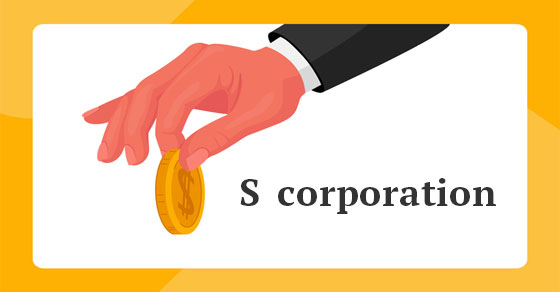Eligible parents will soon begin receiving payments from the federal government. The IRS announced that the 2021 advance child tax credit (CTC) payments, which were created in the American Rescue Plan Act (ARPA), will begin being made on July 15, 2021.
How have child tax credits changed?
The ARPA temporarily expanded and made CTCs refundable for 2021. The law increased the maximum CTC — for 2021 only — to $3,600 for each qualifying child under age 6 and to $3,000 per child for children ages 6 to 17, provided their parents’ income is below a certain threshold.
Advance payments will receive up to $300 monthly for each child under 6, and up to $250 monthly for each child 6 and older. The increased credit amount will be reduced or phased out, for households with modified adjusted gross income above the following thresholds:
- $150,000 for married taxpayers filing jointly and qualifying widows and widowers;
- $112,500 for heads of household; and
- $75,000 for other taxpayers.
Under prior law, the maximum annual CTC for 2018 through 2025 was $2,000 per qualifying child but the income thresholds were higher and some of the qualification rules were different.
Important: If your income is too high to receive the increased advance CTC payments, you may still qualify to claim the $2,000 CTC on your tax return for 2021.
What is a qualifying child?
For 2021, a “qualifying child” with respect to a taxpayer is defined as one who is under age 18 and who the taxpayer can claim as a dependent. That means a child related to the taxpayer who, generally, lived with the taxpayer for at least six months during the year. The child also must be a U.S. citizen or national or a U.S. resident.
How and when will advance payments be sent out?
Under the ARPA, the IRS is required to establish a program to make periodic advance payments which in total equal 50% of IRS’s estimate of the eligible taxpayer’s 2021 CTCs, during the period July 2021 through December 2021. The payments will begin on July 15, 2021. After that, they’ll be made on the 15th of each month unless the 15th falls on a weekend or holiday. Parents will receive the monthly payments through direct deposit, paper check or debit card.
Who will benefit from these payments and do they have to do anything to receive them?
According to the IRS, about 39 million households covering 88% of children in the U.S. “are slated to begin receiving monthly payments without any further action required.” Contact us if you have questions about the child tax credit.
© 2021







